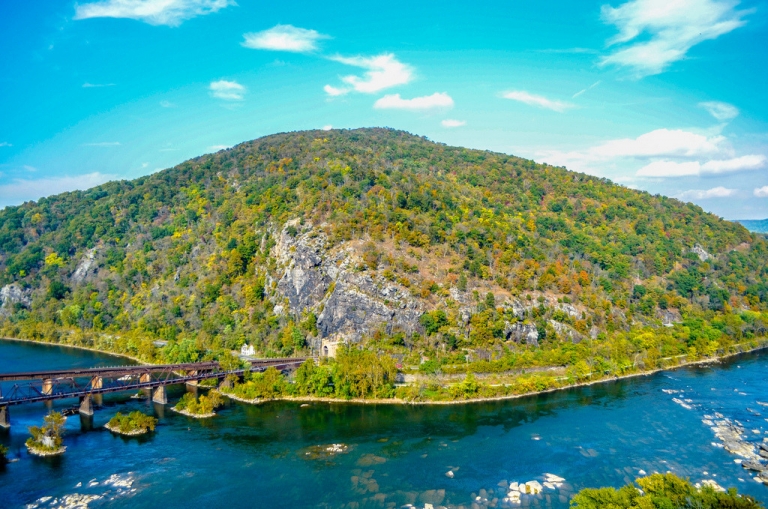
The National Park Service will conduct deer management at national park areas at Harpers Ferry, West Virginia, and in nearby Virginia and Maryland through March, according to a press release from the service.
To protect and restore native plants, promote healthy and diverse forests, and preserve historic landscapes, the service will reduce the population beginning January 1 at Harpers Ferry National Historical Park in West Virginia and at Chesapeake and Ohio Canal, Catoctin Mountain and Antietam and Monocacy national battlefields beginning February 1. Operations at all parks will conclude March 31, 2022.
Extensive safety measures will be in place to protect park visitors and neighbors during operations. Under the direction of National Park Service resource management specialists, and in coordination with law enforcement park rangers, highly trained firearms experts experienced in conducting wildlife reduction operations will primarily work at night when the parks are closed to the public in a manner proven safe and effective.
Limited park areas will be temporarily closed while reduction operations are underway. Visitors and area residents are encouraged to check their local national park’s website for the most up-to-date information and are reminded to respect posted closures.
Hunting is illegal in these Maryland, Virginia, and West Virginia national parks.
Whenever possible, the park service will donate all suitable meat from reduction activities to local food banks, consistent with public health guidelines. Last year, these national parks donated more than 6,500 pounds of venison to local food banks.
All five parks are implementing previously approved white-tailed deer management plans. This is the second season of deer management operations at Harpers Ferry National Historical Park, the fourth season for Chesapeake and Ohio Canal National Historical Park, the sixth season for Antietam and Monocacy national battlefields, and the 13th season for Catoctin Mountain Park.
Overabundant deer populations damage vegetation and eat nearly all the tree seedlings, compromising the ability of forests to sustain themselves. Deer also damage the crops that are a key component of the historic setting in historical and battlefield parks.
Crop farming is part of important cultural landscapes whose preservation is mandated by these parks’ enabling legislation.
Deer management has produced positive results at several area national parks, according to the park service. Catoctin Mountain Park has actively worked to reduce deer populations in the park since 2010 and has seen a 13-fold increase in seedling density over the past 12 years.
Several additional national parks across the country actively manage deer populations including Rock Creek Park (D.C.), Gettysburg National Military Park (Pa.), Fire Island National Seashore (N.Y.), Valley Forge National Historical Park (Pa.), and Cuyahoga Valley National Park (Ohio).




























